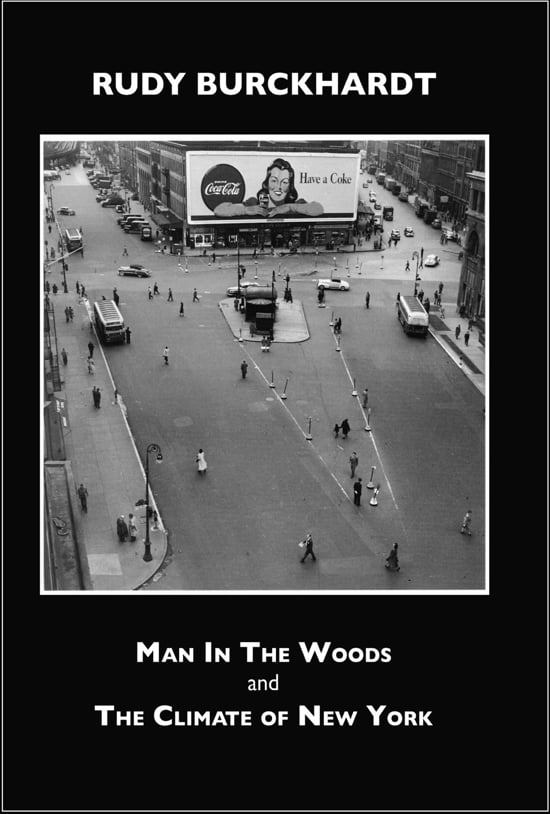

A detailed look at a remarkable artist who died in 1999 at age 85. Aspects of Burckhardt's work in photography, film, and painting are examined in interviews with Rudy Burckhardt, painter Yvonne Jacquette, and curators Robert Storr (former Senior Curator of Painting and Sculpture, Museum of Modern Art, New York) and Brian Wallis (Chief Curator, International Center of Photography, New York). In his studio in New York, Burckhardt discusses his photography and its significance within its historical framework. In the woods near his summer home in Maine, the viewer sees Burckhardt's easel and painting in front of the scene he is depicting. Whether in city or country, Burckhardt appreciated and transformed the chaos he discovered.

This is a 1991 documentary film about the legendary artist and filmmaker, Joseph Cornell, who made those magnificent and strange collage boxes. He was also one of our great experimental filmmakers and once apparently made Salvador Dali extremely jealous at a screening of his masterpiece, Rose Hobart. In this film we get to hear people like Susan Sontag, Stan Brakhage, and Tony Curtis talk about their friendships with the artist. It turns out that Curtis was quite a collector and he seemed to have a very deep understanding of what Cornell was doing in his work.
Rudy Burckhardt (April 6, 1914 – August 1, 1999) is best known for his photography of New York and other cities. His signature image explores the quirks of modern urban life, in particular the exuberant life of the streets from the perspective of the pedestrian. He is also celebrated for canonical portraits of New York artists at work, and for his film and collaborations with leading artists, poets and musicians of the New York School. This exhibition, however, shows the private, meditative, less known side of Burkhardt's creative personality, what guest curator Vincent Katz describes as "that essential base of solace that facilitated the cosmpolitan flâneur."
By browsing this website, you accept our cookies policy.